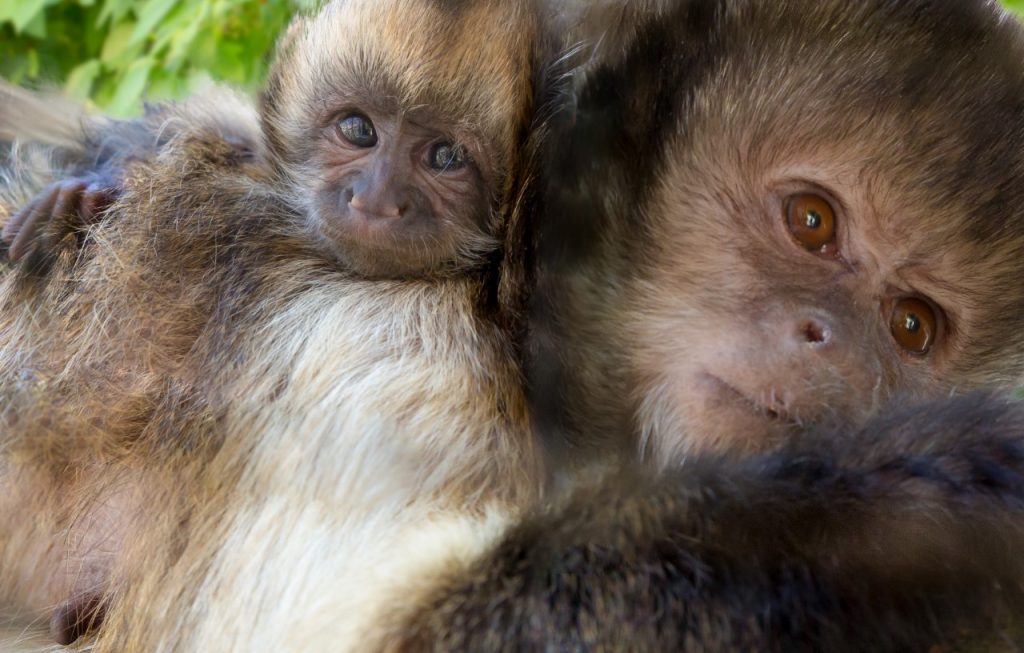Investigation of risk factors contributing to proliferative spinal osteopathy in snakes
Citation
Mansour S, Tong L, Vogelnest L, Tobias G, Vinette Herrin K, Hulst F, and Shaw M. 2019. Investigation of risk factors contributing to proliferative spinal osteopathy in snakes. In Brooks M, Freel T, Koutsos E Eds. Proceedings of the Thirteenth Conference on Zoo and Wildlife Nutrition, Zoo and Wildlife Nutrition Foundation and AZA Nutrition Advisory Group, Saint Louis, MO.
Abstract
Proliferative spinal osteopathy (PSO) is an orthopaedic disease of reptiles, grossly characterised by progressive vertebral bone deposition. Clinical and pathological records from a zoological population (1990 – 2018) were reviewed to identify PSO cases in snakes (N=29). Date of birth and death, place of birth (captive or wild), age at death, sex and species were recorded for both PSO affected and unaffected snakes in the population. Species ecology, such as natural habitat (aquatic, terrestrial, arboreal, semi-arboreal) and feeding behaviour (envenomation vs constriction) were included for each species as differences in musculoskeletal anatomy and locomotion mode may influence the development of PSO. PSO affected snakes were largely of the Pythonidae, Colubridae and Elapidae Families. PSO was identified most commonly in diamond pythons (Morelia spilota spilota, n=10), centralian carpet pythons (Morelia bredli, n=2) and corn snakes (Pantherophis guttatus, n=6), with 8.55%, 10.5% and 12.5% of the studied animals being affected respectively. PSO varied significantly in the total species number affected (P<0.014) and the percentage of each species affected (P <0.009). Wild-born snakes were 23.44 times more likely to develop PSO compared to zoo-born snakes (P <0.001). Natural habitat and feeding behaviour did not statistically affect the incidence of PSO although a larger sample size is needed to rule this out. There are still significant knowledge gaps regarding the role of nutrition, in particular, growth rate and body condition, in the development of PSO. Greater length, weight and body condition may increase risk of PSO. A pilot study of the Taronga population found that PSO affected individuals had greater weight to length ratios, suggesting that over-conditioned snakes are at increased risk. Monitoring of body condition using weight to length ratios, growth rate monitoring, and optimisation of enclosures and handling are recommended to reduce the risk of PSO in snakes in managed populations.
 38_Mansour.pdf 13 KB
38_Mansour.pdf 13 KB








